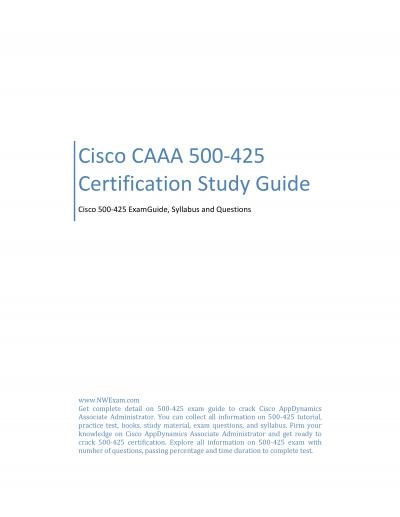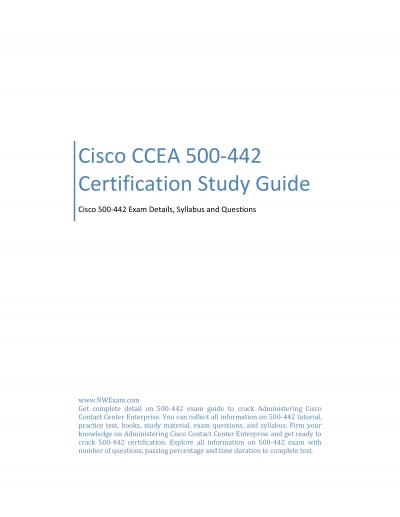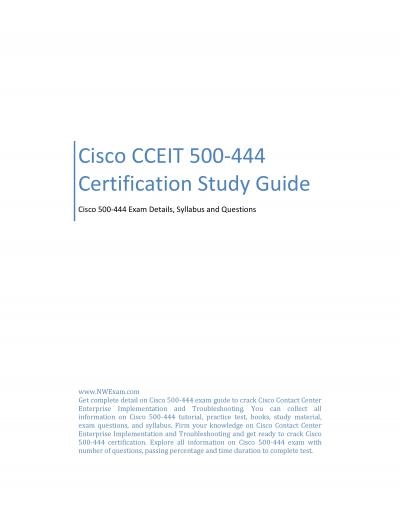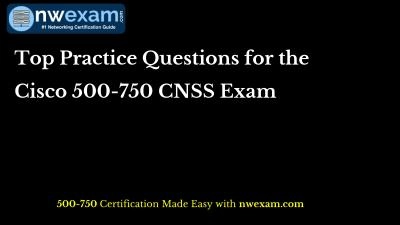PPT-WWS 500 Introduction to American Political Institutions
Author : dardtang | Published Date : 2020-06-17
Session 5 American Courts and Legal System Outline What do courts do Two ways to organize a legal system Sources of American law Judicial Federalism Federal vs
Presentation Embed Code
Download Presentation
Download Presentation The PPT/PDF document "WWS 500 Introduction to American Politic..." is the property of its rightful owner. Permission is granted to download and print the materials on this website for personal, non-commercial use only, and to display it on your personal computer provided you do not modify the materials and that you retain all copyright notices contained in the materials. By downloading content from our website, you accept the terms of this agreement.
WWS 500 Introduction to American Political Institutions: Transcript
Download Rules Of Document
"WWS 500 Introduction to American Political Institutions"The content belongs to its owner. You may download and print it for personal use, without modification, and keep all copyright notices. By downloading, you agree to these terms.
Related Documents

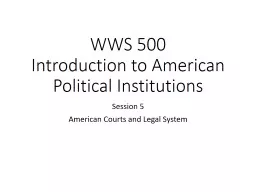
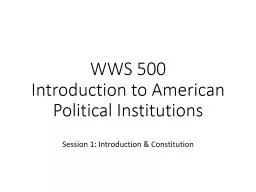
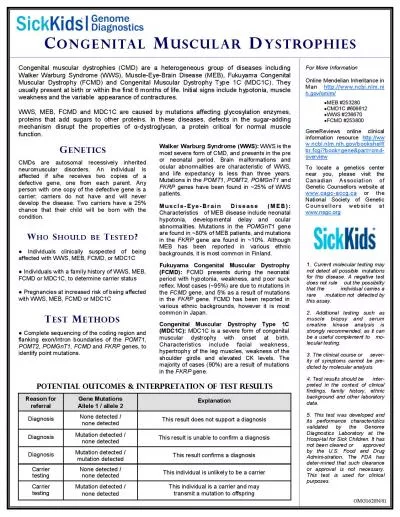



![[New] Get Ready to Crack Cisco 500-052 UCCXD Certification Exam](https://thumbs.docslides.com/990685/new-get-ready-to-crack-cisco-500-052-uccxd-certification-exam.jpg)
![[New] Ace Cisco 500-285 Certification with Cisco CCNS Practice Test](https://thumbs.docslides.com/994858/new-ace-cisco-500-285-certification-with-cisco-ccns-practice-test.jpg)

